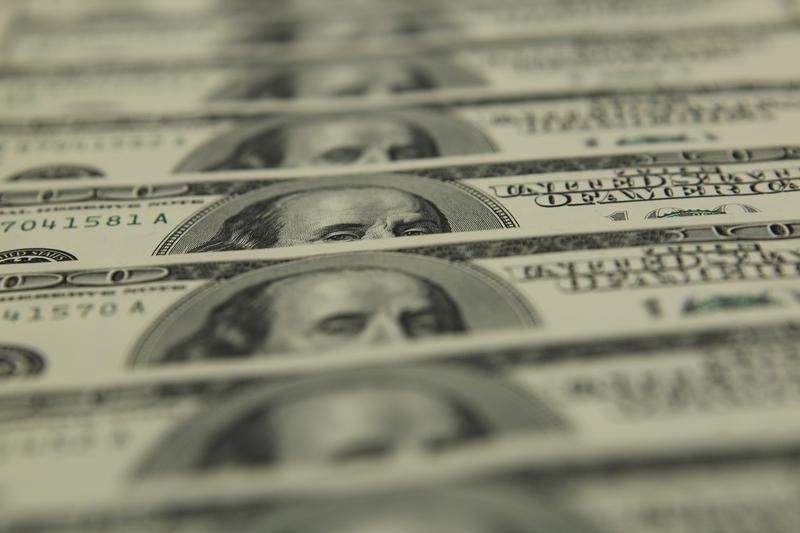Investing.com - The dollar continued to hover at 32-month lows against other majors on Friday, as the European Central Bank's latest policy statement lent broad support to the euro, while downbeat U.S. data still dampened optimism over the strength of the economy.
EUR/USD was up 0.50% at 1.2083, the highest since January 2015.
The single currency rallied after the ECB left interest rates unchanged as expected and signaled that information on the tapering of the central bank's asset-purchase program would be delivered in October.
ECB President Mario Draghi added that the outlook for growth and inflation in the euro area remained “broadly unchanged”.
Meanwhile, the U.S. dollar came under pressure after the U.S. Labor Department reported on Thursday that initial jobless claims rose more than expected to 298,000 last week.
Sentiment on the greenback was also vulnerable as markets monitored the advancement of Hurricane Irma, which was set to hit Miami over the week-end.
USD/JPY declined 0.65% to trade at an 10-month low of 107.74.
Investors remained cautious amid speculation North Korea could launch an intercontinental ballistic missile on Saturday.
In Japan, data earlier showed that gross domestic product expanded by 0.6% in the second quarter, down from an initial estimate of 1.0% and disappointing expectations for a growth rate of 0.7%.
GBP/USD edged up 0.19% to a five-week high of 1.3136.
The Australian and New Zealand dollars were also sharply higher, with AUD/USD up 0.72% at 0.8105 and with NZD/USD rallying 1.09% to 0.7312.
Data on Friday showed that China's exports increased by an annualized rate of 5.5% last month and that imports jumped 13.3%.
China is Australia's biggest export partner and New Zealand's second biggest export partner.
The U.S. dollar index, which measures the greenback’s strength against a trade-weighted basket of six major currencies, was down 0.35% at 91.17 by 02:20 a.m. ET (06:20 GMT), the lowest level since January 2015.
